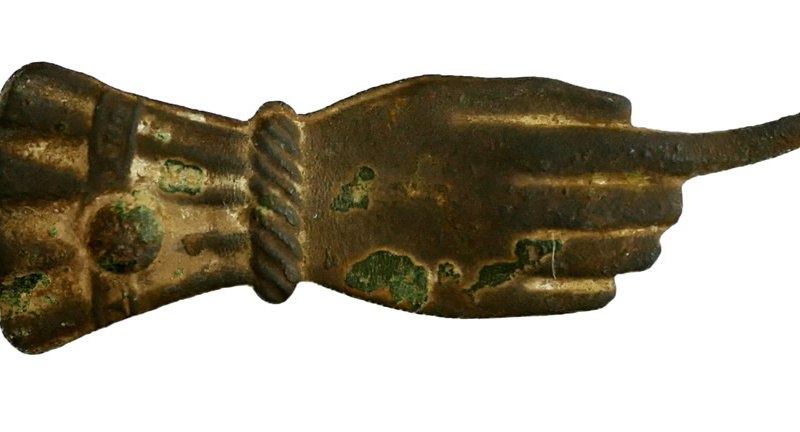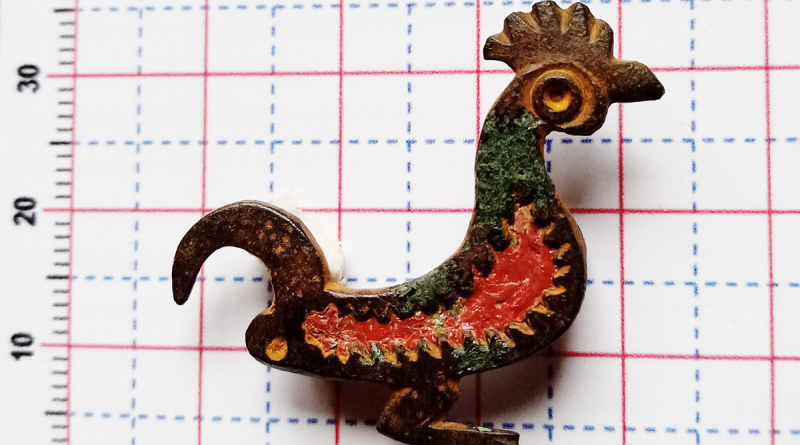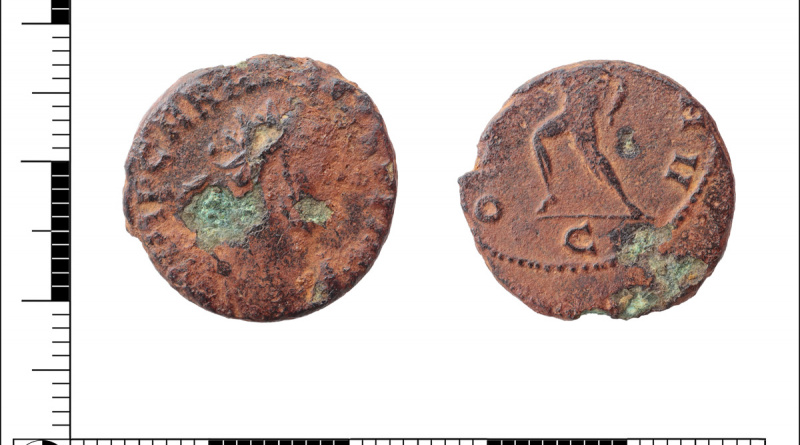PAS Finds: week ended 4 March 2022
PAS Finds: week ended 4 March 2022
My selection of the finds recorded at the PAS for the week ended 4 March 2022.
Featured Find
Glove badge
A copper alloy badge in the form of a hand, with pointing index finger, dating to about 1450 – 1540. As the PAS record notes, pairs of Episcopal gloves are often associated with St Thomas Becket
Tomb of Thomas Becket
The murder of Thomas Becket in 1170 at the hands of King Henry II’s knights shocked the nation. In April 1171, the crypt containing his body was opened. A detailed relic list included Becket’s gloves. Two monks, Brother William and Prior Benedict, kept a record of all the miracles that took place at the tomb. There were 703 recorded including cures of leprosy, blindness and epilepsy. On 21 February 1173, Pope Alexander III proclaimed Becket a saint and, with the increasing number of miracles attributed to him, Canterbury Cathedral became one of the great pilgrimage sites of Europe.
Pilgrim badges
Pilgrim badges were produced in large numbers and were an important source of income for the pilgrimage site. They ranged from small pewter badges for the poor to large silver badges for the rich. For the poor, it was one of the most important status markers. The wearer could benefit from free accommodation at inns and convents en route. Rich people would even pay paupers to make the sacred journey for them.
Pilgrim badges of Thomas Becket
The original souvenir at Canterbury was the ampulla, which could be filled with “Canterbury water”. In about 1300, these were replaced with pilgrim badges. Canterbury is remarkable for its wide variety of badges. These included depictions of the head reliquary, Becket’s tomb, and scenes such as his murder, his arrival by ship at Sandwich, or on horseback. They also included representations of his relics such as slippers or gloves. Some of the gloves would depict the episcopal ring.
Other episcopal cults
Whilst the more complex badges can be attributed to Canterbury with certainty and glove badges were produced there it probably wasn’t the only place that they were produced or sold. There were a number of other episcopal cults. Badge moulds are highly portable and the glove is fairly generic allowing these badges to be sold at other sites, depending on which cult was in favour at the time.





